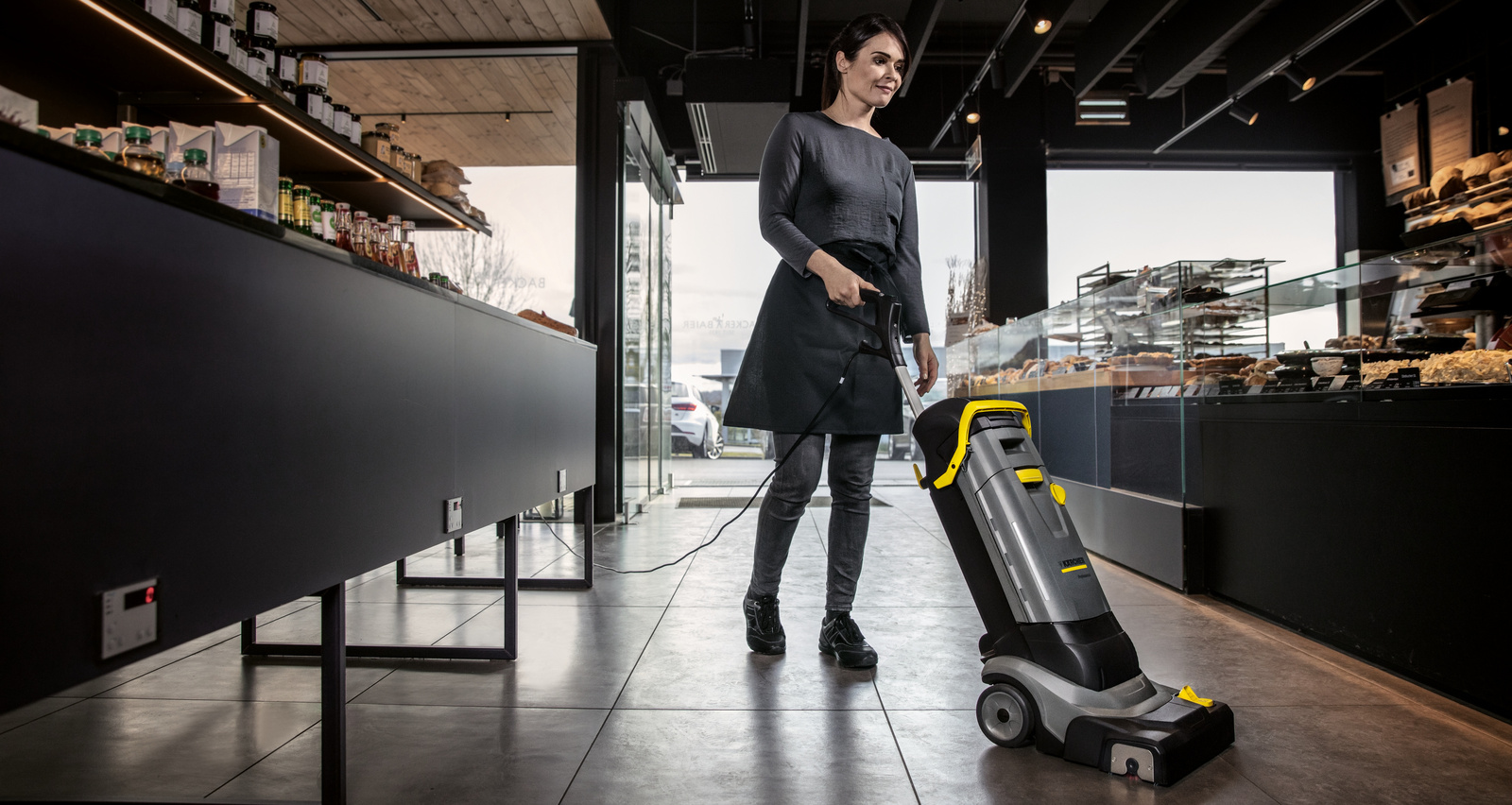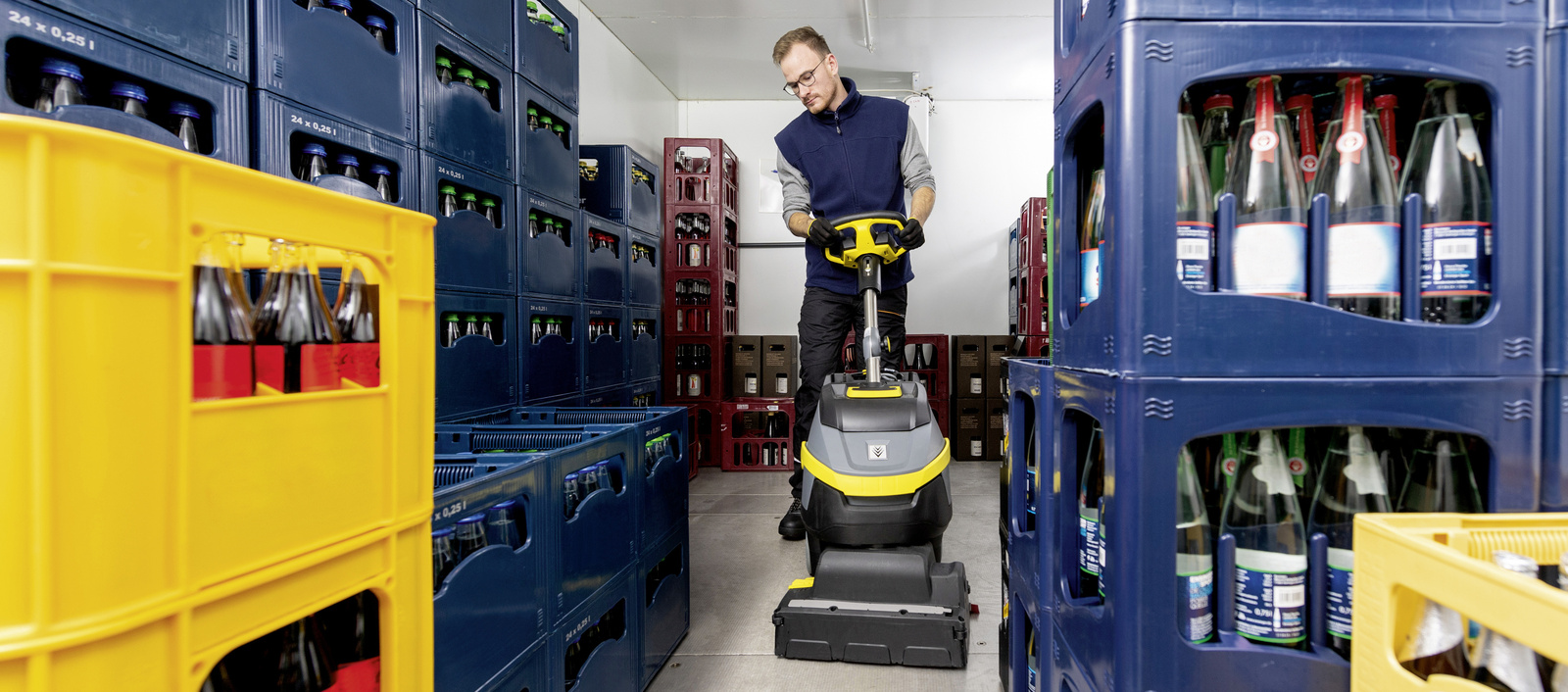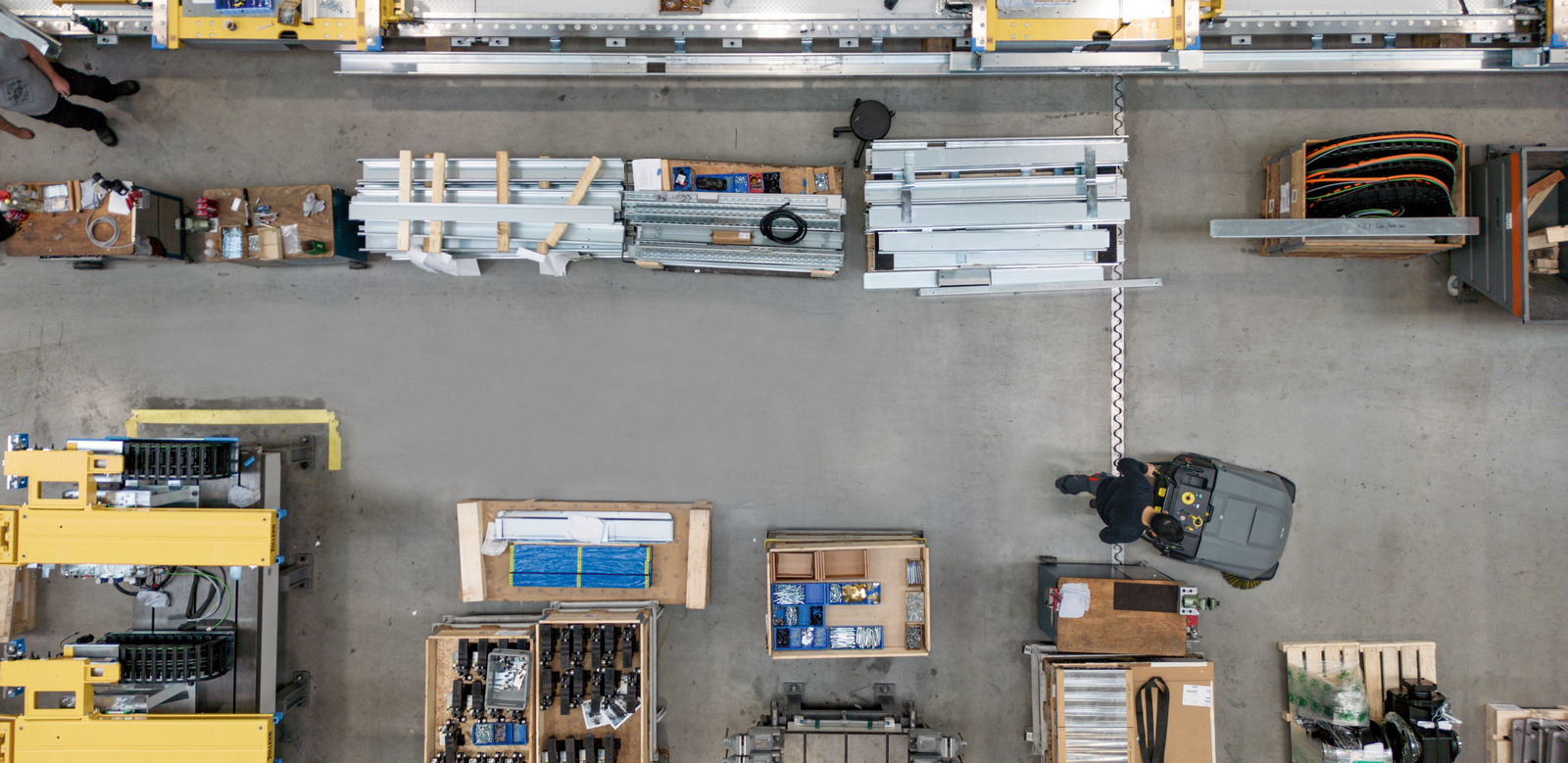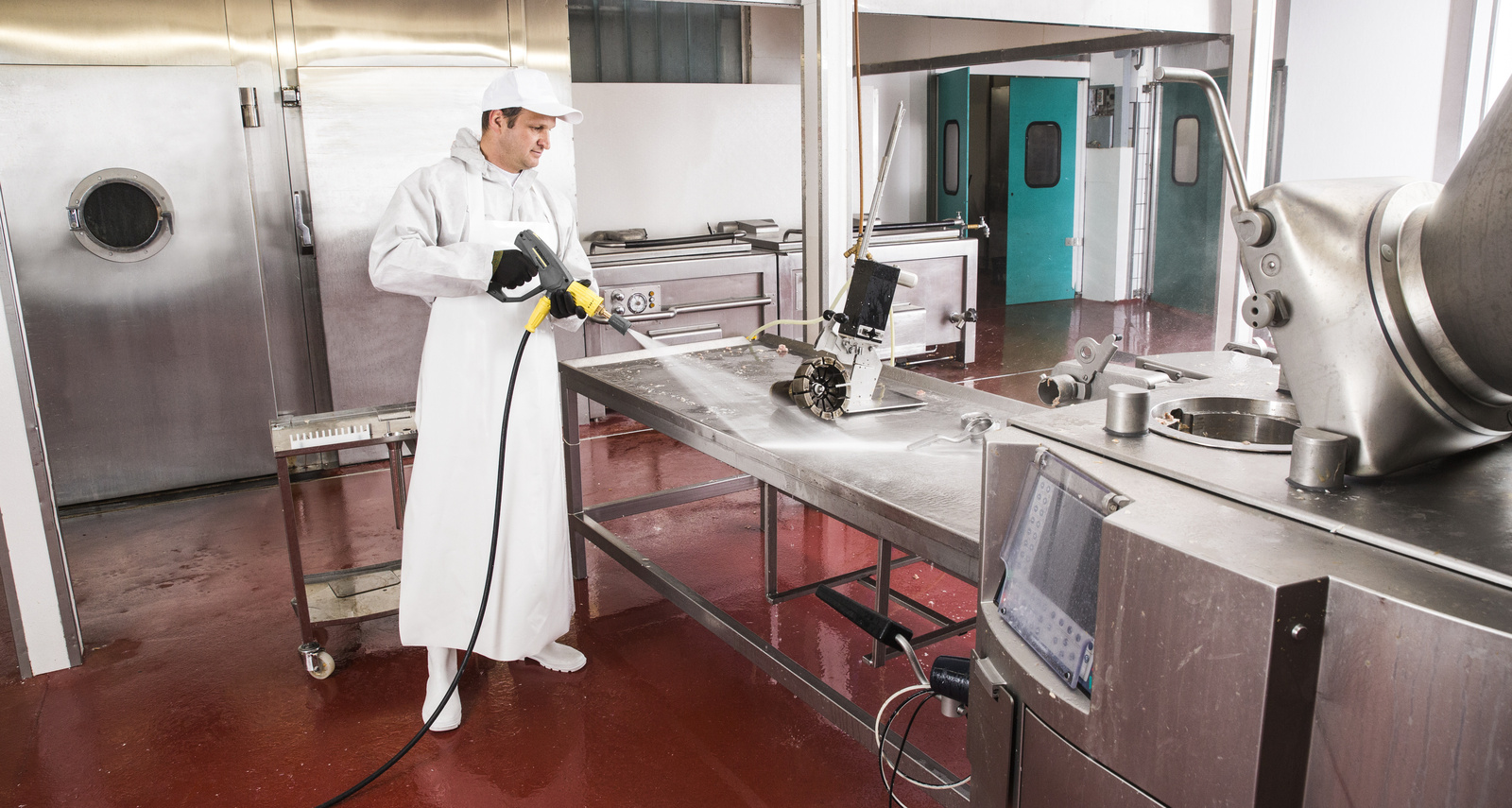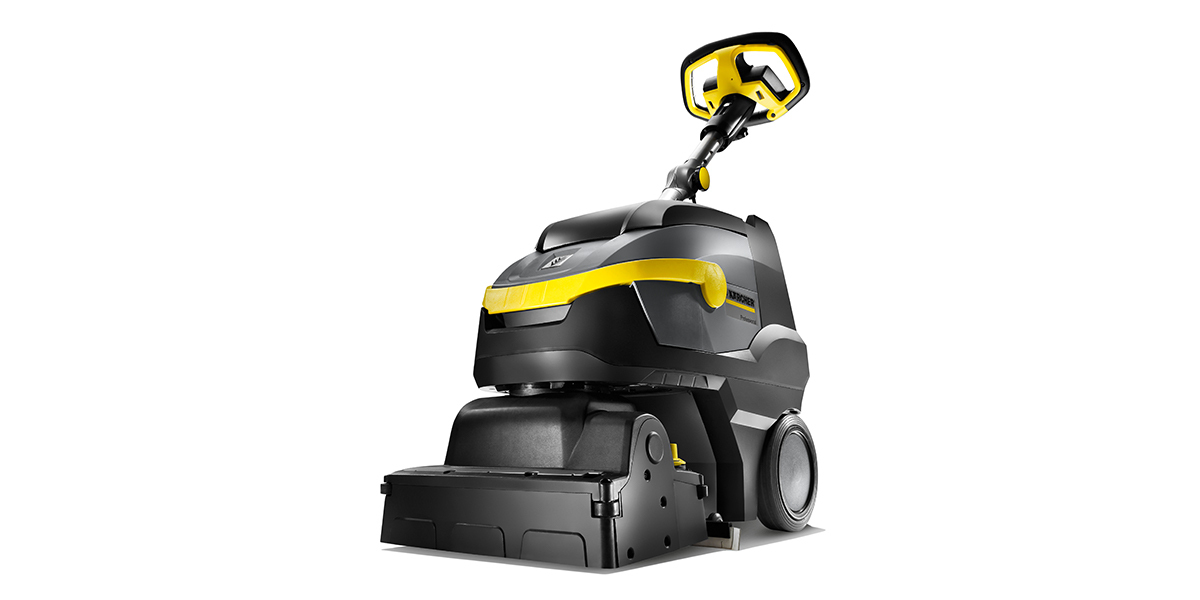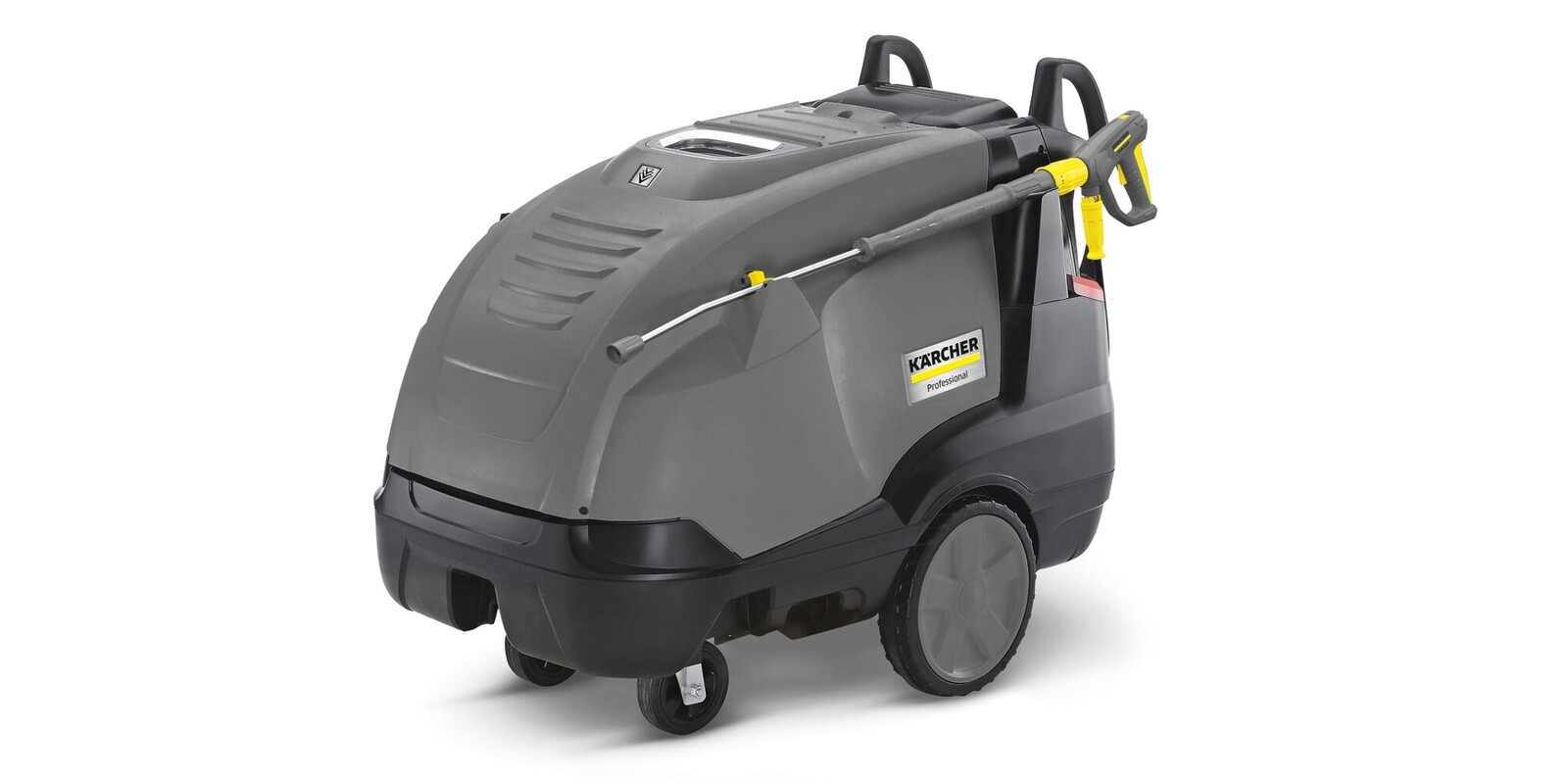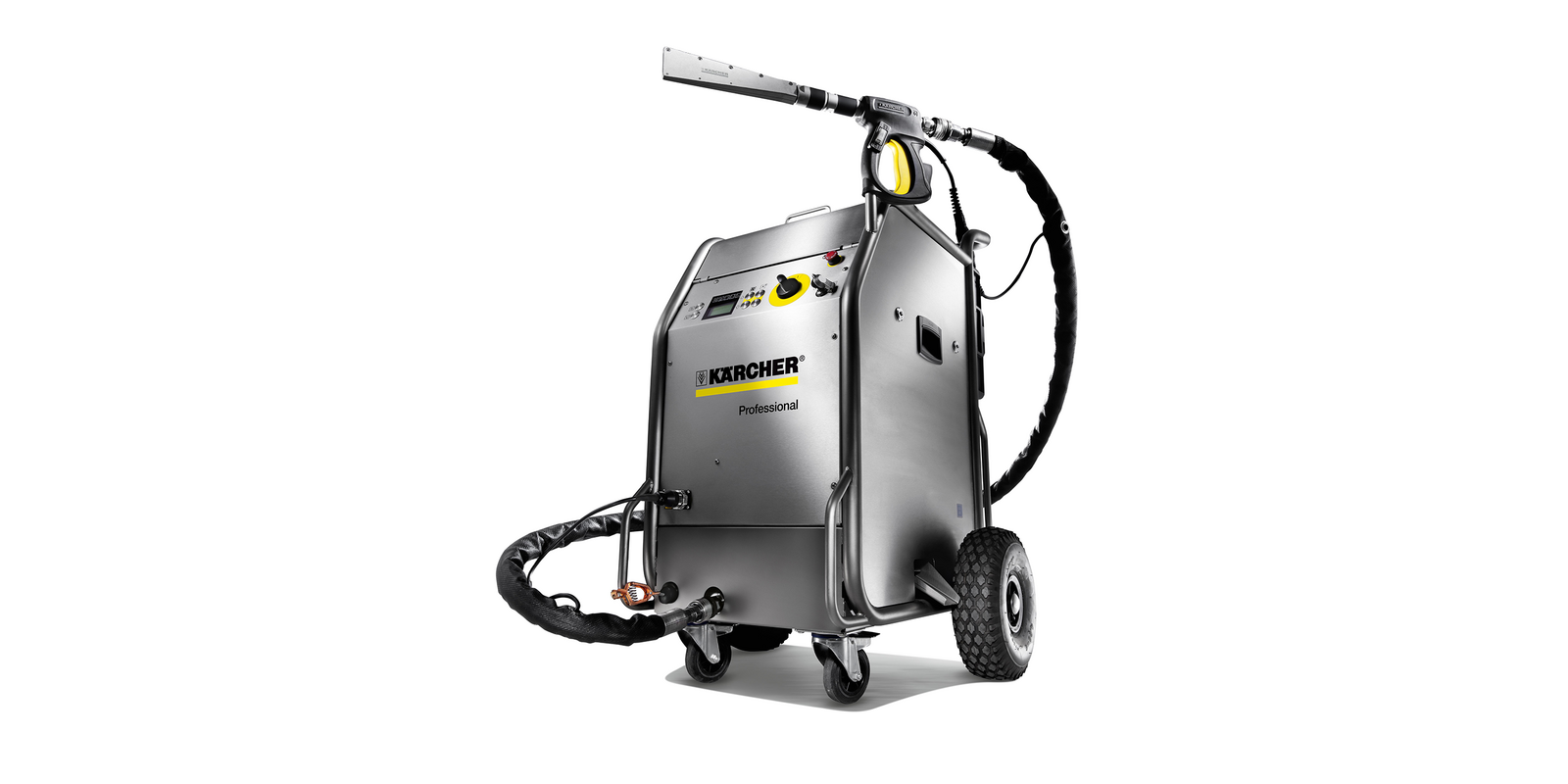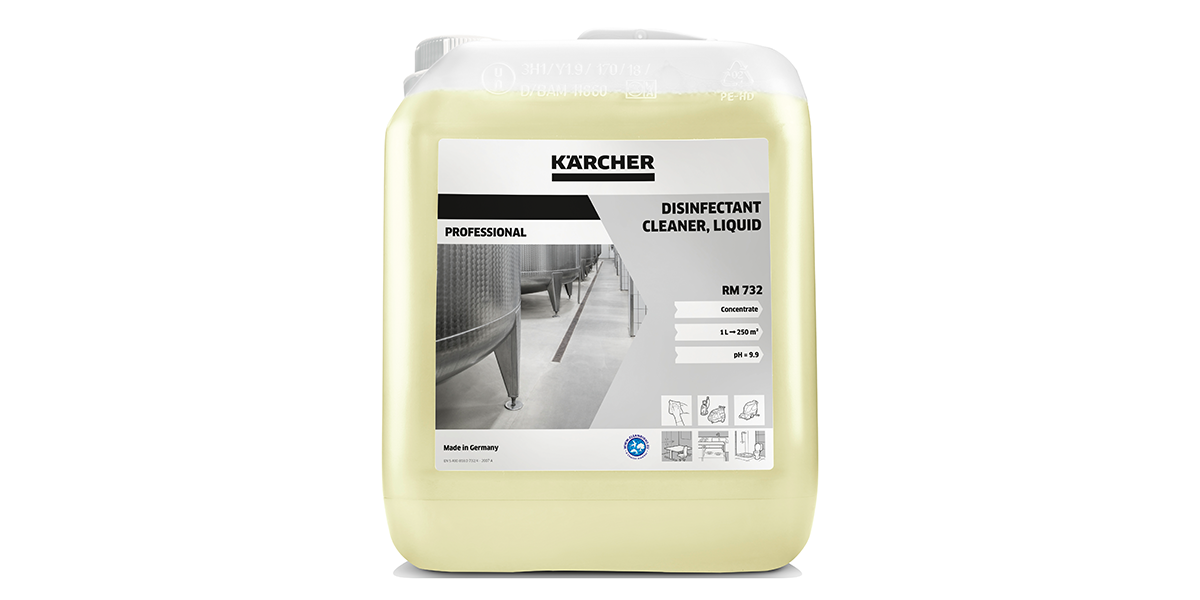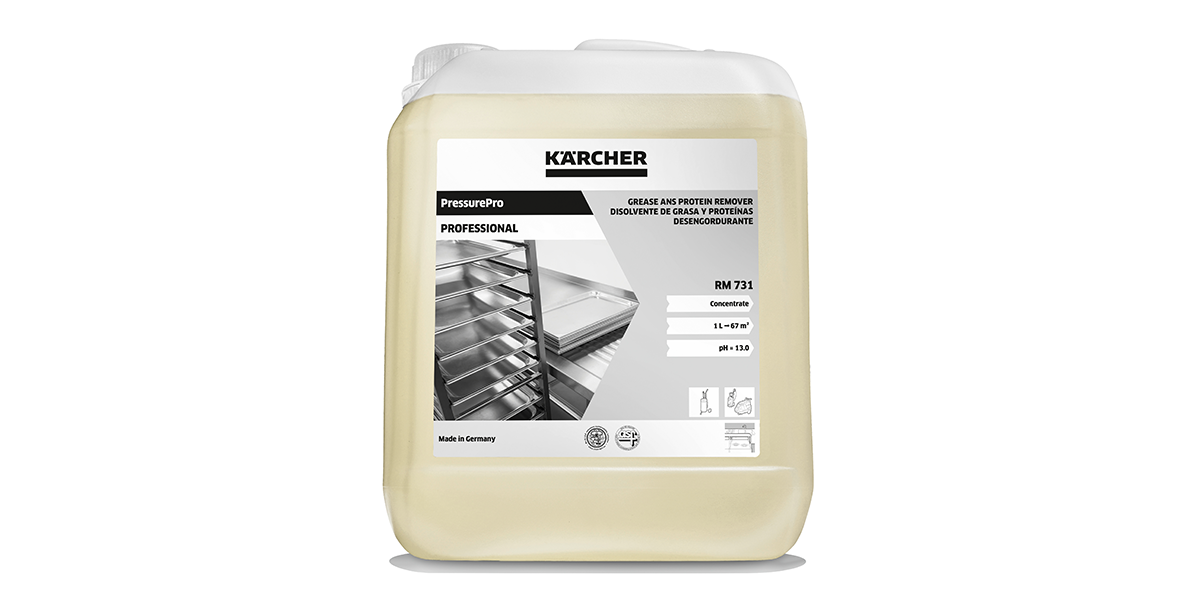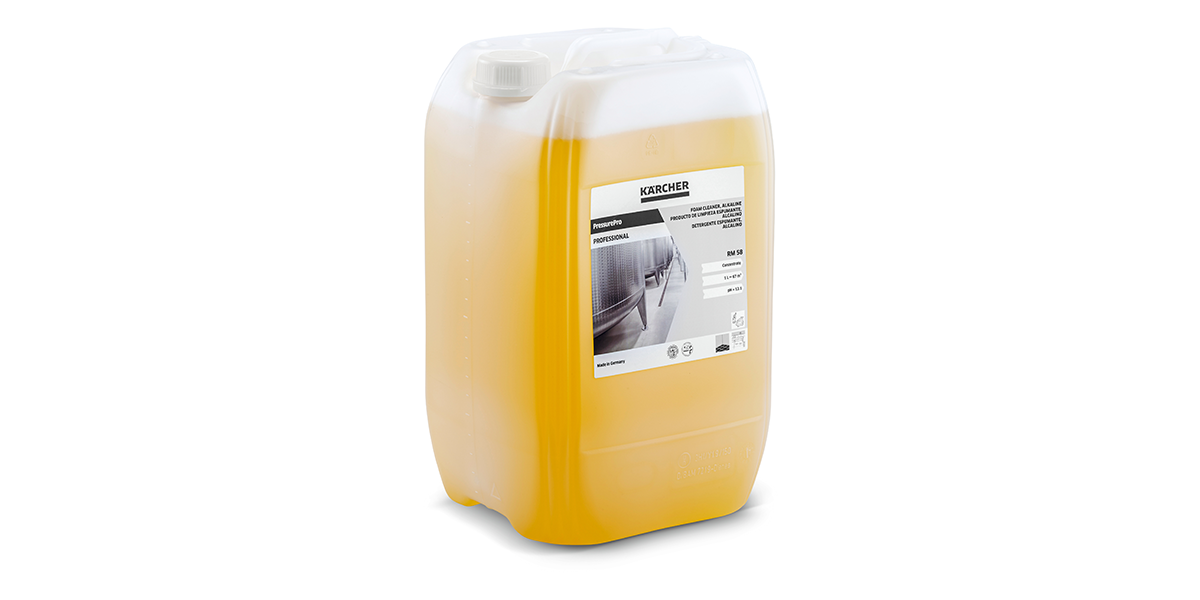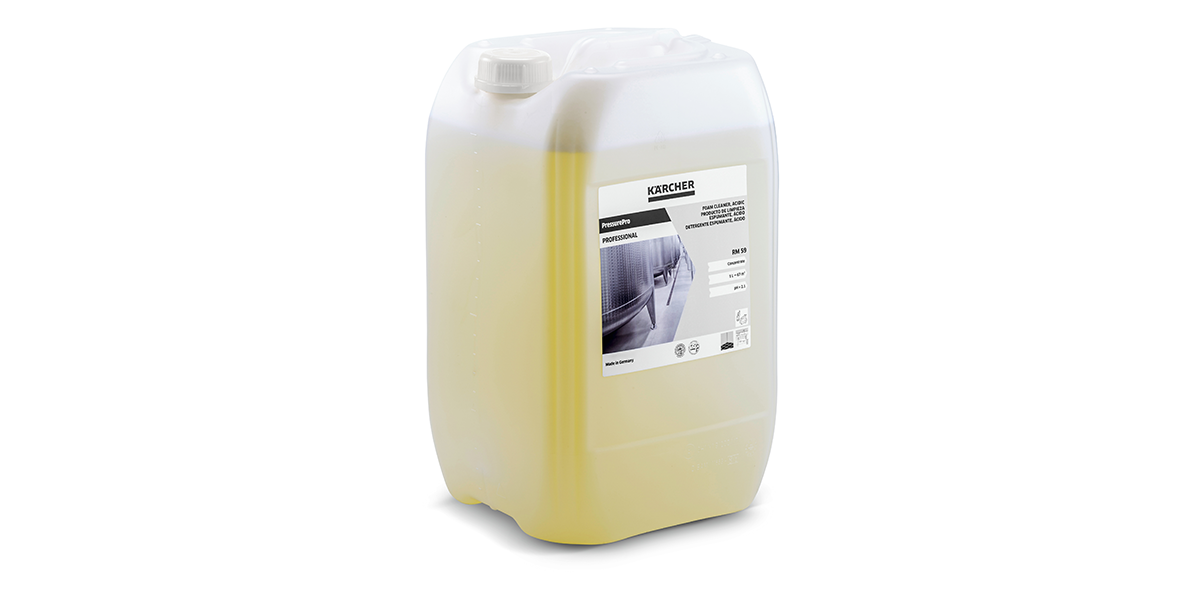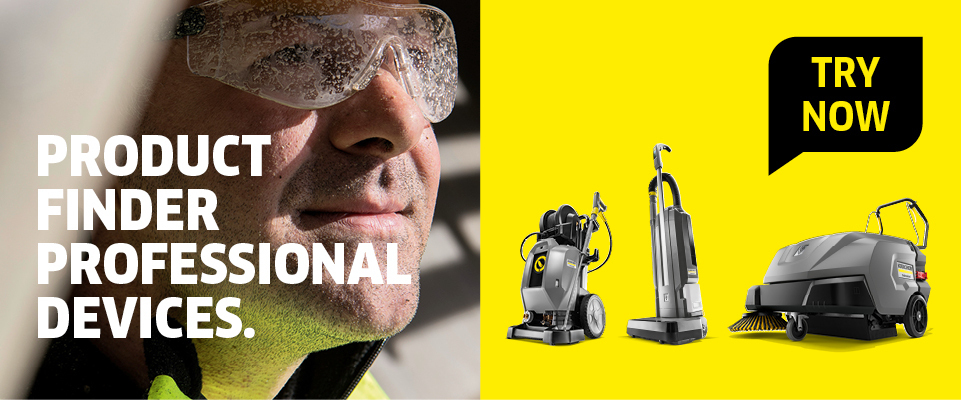HACCP in the food industry
You can't buy trust, yet making a purchase does call for a certain amount of trust – and that's exactly why the HACCP concept was developed. Safety – and therefore also cleanliness and reliable cleaning processes – play a major role in the food industry; high standards should ensure that consumers can enjoy products without any concerns. In light of this, the HACCP concept is an important tool for self-monitoring, which can be used to help identify and analyse potential hazards and bring these under control.
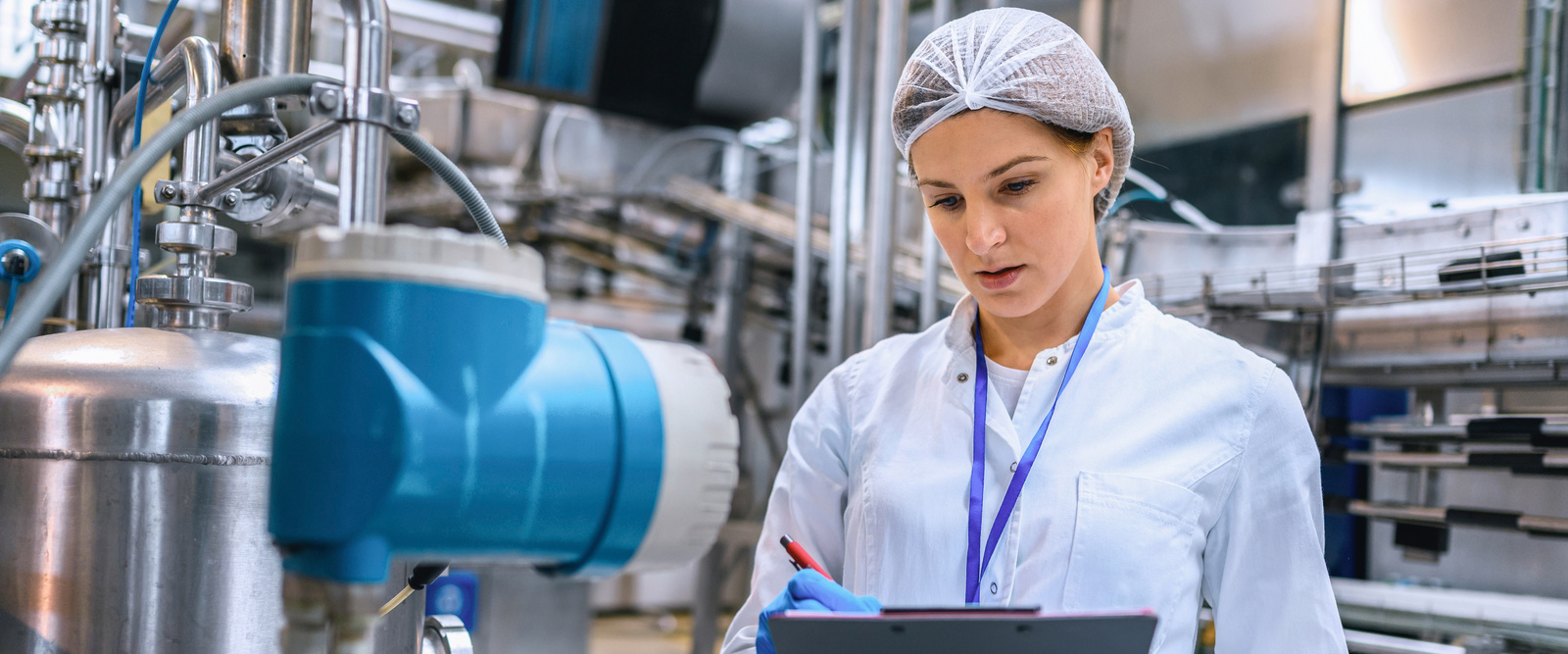
More diligence, less uncertainty: HACCP as an authority in food safety
The responsibility shouldered by food companies is immense. Diligence and responsible actions are paramount not only for manufacturers, but also for companies involved in logistics and wholesale when it comes to the fundamental principle of product safety. Minimising risks and preventing contamination are always a top priority; this is the only way to avoid product defects – and the associated costly recalls and downtime.
HACCP-assisted measures are an important element in achieving this requirement. But what exactly does the HACCP concept involve and how exactly is it realised in operations? Food companies need to take a close look at this matter and also consider the role that hygiene plays in this regard.
It should not be forgotten that the scope of impact for HACCP-assisted measures is not limited to production or processing alone. Warehousing, packaging, onward transport, etc. are also important links in any chain that supplies consumers with end products – products that are intended to be safe to consume and should pose no risk to human health.
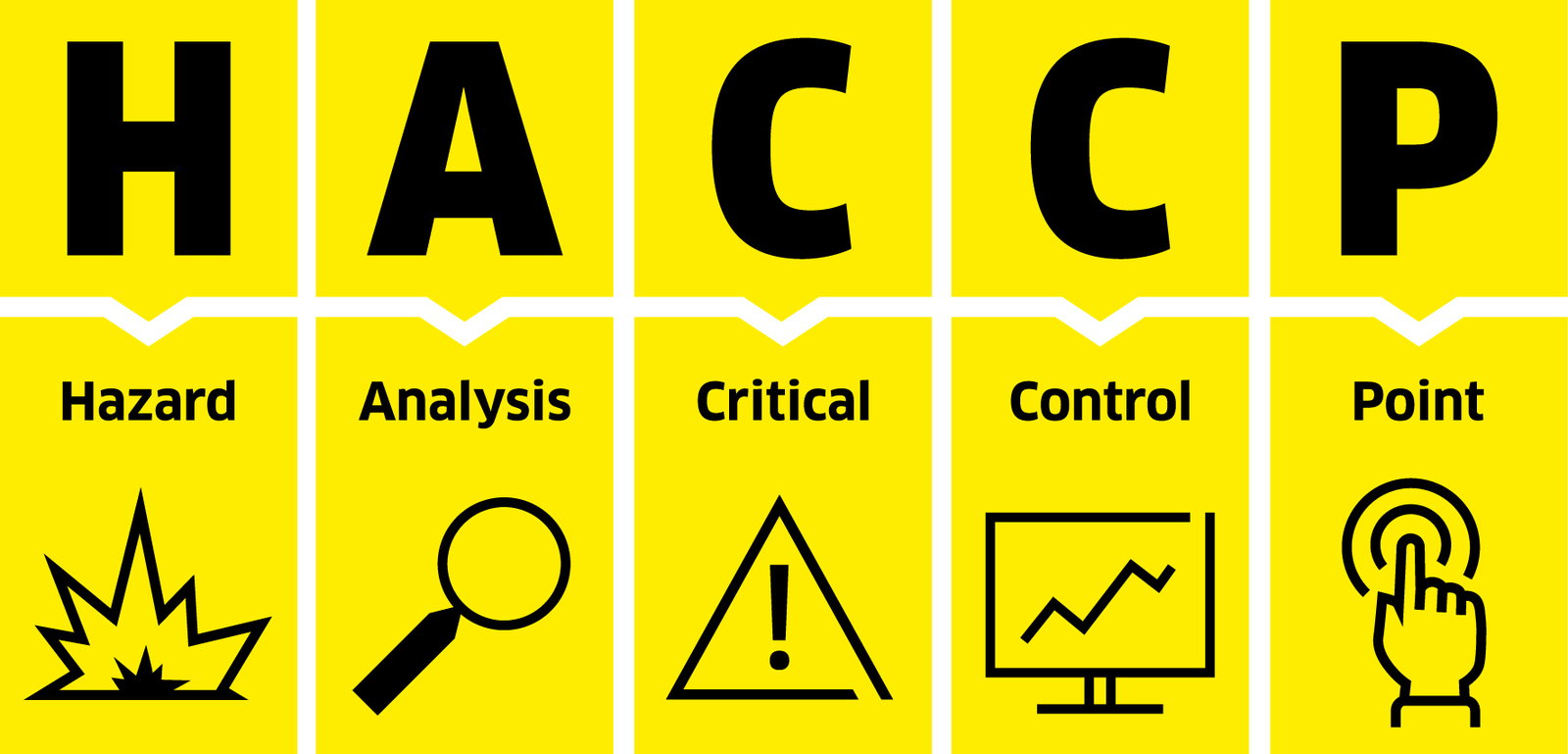
HACCP unpacked
The acronym HACCP stands for Hazard Analysis and Critical Control Points. As such, the model is made up of two main poles: the hazard analysis on the one hand and the critical control points (CCPs) on the other. Overall, HACCP represents a systematic and science-based system that identifies hazards and corresponding control mechanisms to ensure the safety of food.
Hygiene as a critical factor
Regardless of the type and size of the business, hygiene always plays a critical role. So-called prerequisite programs (PRPs) are the foundation for hygiene in a business – and at the same time the prerequisite for the successful implementation of HACCP principles.

Counteracting hazards through cleaning
The HACCP concept aims to eliminate food safety hazards or prevent them from arising. In this regard, a hazard is defined as a "biological, chemical or physical agent in, or condition of, food or feed with the potential to cause an adverse health effect"3. A distinction is therefore made between biological or microbiological, chemical and physical hazards.
Physical hazards, such as nutshells and pieces of plastic or metal, are often the result of a lack of maintenance or contamination of the processed goods. Chemical hazards, such as dioxins and allergens, and biological hazards, such as bacteria or parasites, are far more likely to be countered by efficient cleaning processes, both in production-related environments and in the production process itself. This is often achieved by means of preventative measures or oPRPs.

It is beneficial if the contamination can be removed at the point where it occurs, to prevent any carryover. Fast and flexible industrial vacuums are particularly well suited for removing residues and dusts. Although these are generally more suitable for small-scale dirt removal, they have the added advantage that they can also be used three-dimensionally, for example to clean tubes or extract dust when bagged goods are transferred into the production process. Scrubber dryers are a different matter: these are a good option for larger areas, such as tiled and hard floors, however these only operate in a two-dimensional space.
When it comes to cleaning the production machines themselves, specialist cleaning solutions are often available that are adapted specifically to the conditions – for example, specialist wet and dry vacuum cleaners that have been developed specifically for bakeries and can be used to vacuum out the ovens, even while they are still hot.
Cleaning in bakeries
Strict standards of cleanliness and hygiene apply to the processing and sale of food – including in bakeries and their shop fronts. Professional and efficient cleaning not only ensures consumer safety, but also creates a positive overall impression, preserving value and giving confidence in the company. However, there are some specific tasks that require the right technique and approach.
Cleaning kitchens
Wherever food is cooked, there will be stubborn stains. Grease and food residues must be systematically removed in accordance with the HACCP guidelines in order to eliminate breeding grounds for microorganisms. What can high pressure cleaners, surface cleaners, steam cleaners, scrubbers or scrubber dryers do? What specifics need to be considered when using them? And what should disinfection look like? Here is an overview.
Hygiene in the cold store
Low temperatures, high relevance: cold stores can be found in numerous companies – and where they are found, they are generally integral to operational processes. In hotels and restaurants, in industrial production plants or in supermarkets, cold stores provide the correct conditions for storing perishable and temperature-sensitive goods. For the cold store to function perfectly, it requires specialist professional cleaning that reflects the special conditions.
Cleaning production facilities
Clean production facilities and surrounding areas are fundamental to smooth processes, safety and product quality. Consequently, keeping production plants clean is a key to success for any company, whether it is in the automotive, food industry, metal or chemical industry. Each and every industry struggles with specific types of dirt that require custom cleaning solutions. Soiling occurs either as a by-product of the production process or as a result of unforeseen incidents, such as leaks. The various types and origins of dirt give rise to different ways of efficiently integrating cleaning tasks into everyday production.
In situations where water cannot be used for cleaning and/or where the main aim is to avoid having to stop production or disassemble machinery for cleaning, dry ice offers a suitable cleaning solution, especially for extruder screws used in the production of ice cream or baby food, for instance.
If cleaning cannot be carried out with water or dry ice alone, detergents may be a consideration. In companies that work with raw materials such as meat, for example, the entire production facility usually has to be wet-cleaned after each production shift – using high or medium pressure and detergents to ensure a high level of biosecurity. However, it should be noted that residues of either the detergent or the dirt dissolved may potentially cause subsequent contamination. Thorough cleaning therefore always includes the extensive removal of all residues of detergent and dirt to ensure no new hazards are created.




Tip – working with detergents:
A degree of variation in the detergents used can help to avoid unwanted consequences: in a biologically and chemically highly dynamic environment, a strategically varied approach to detergent use can help to keep resistance in germs and pathogens to a minimum.
In addition to production itself, adjacent areas such as delivery, storage and onward transport must also be taken into account. In potato production, for example, the large crates for the potatoes are sterilised with hot steam from the high-pressure cleaner or almost boiling hot water to prevent the transfer of pests and plant diseases to stored potatoes.

The spaces intended for employees also need to be organised accordingly: in large butcher facilities, for instance, the social areas for employees are often efficiently separated according to the black and white principle, with everyday clothing being worn in the black area and clothing for production worn in the white area. This is coupled with regular floor cleaning using a scrubber dryer or high-pressure cleaner combined with suitable detergents in each case.

This procedure is coupled with a hygiene lock where staff clean their shoes and hands. When changing clothes, all personal items are left in the black area to avoid accidental or deliberate contamination of the products.
Hygiene in meat processing
In food processing companies such as butcher's shops, extra care and attention should be given to cleaning and disinfection tasks. This applies to work surfaces, tools and machines, as well as floors in production and storage areas and cold storage rooms – because any spread of germs would have harmful consequences. For added convenience, high-pressure cleaners in particular can be used to complete numerous tasks efficiently.
Cleaning floor coverings
Whether carpeting in a hotel corridor, cement screed in a production hall or wooden flooring in a school building, there are countless floor coverings that are suitable for different loads and ensure safety through properties such as anti-slip design or studs. Cleaning floor coverings is important in some areas to ensure hygiene, while in other areas the focus is on appearance. In either case, well-maintained floor coverings have a longer service life, meaning that they need to be replaced less frequently. With regular maintenance cleaning, you can even postpone the need for a time-consuming deep clean.
The HACCP principles
A look at real-life situations reveals a wide range of hazards in the most diverse areas. Each of the seven steps on which the HACCP procedure is based is designed to counter these hazards effectively and comprehensively. In addition to identifying the hazards and determining the critical control points (CCPs), the steps also set limits for these CCPs and establish procedures for monitoring them. Further to this, corrective measures are defined – in the event that a CCP is no longer under control – as well as verification procedures that serve to check the HACCP plan. The seventh and final principle is the documentation of the measures.

Hazard analysis
Identifying hazards that must be avoided, eliminated or reduced to an acceptable level.

Identifying control points
Establishing the critical control points (CCPs) at the process stage(s) where control is necessary to prevent or eliminate all hazards or reduce these to an acceptable level.

Setting limits
Establishing limit values for these CCPs to distinguish between acceptable and unacceptable levels with a view to preventing, eliminating or reducing identified hazards.

Establishing monitoring measures
Establishing and implementing effective procedures for monitoring critical control points.

Defining corrective measures
Establishing corrective measures in the event that monitoring indicates that a critical control point is not under control.

Determining verification procedures
Establishing regular verification procedures to determine whether the requirements of principles 1 to 5 have been fulfilled.

Documenting
Preparing documents and records appropriate to the type and size of the food business in order to demonstrate compliance with the requirements of principles 1 to 6.
Sources
1 2016/C 278/01 Commission Notice on the implementation of food safety management systems covering prerequisite programs (PRPs) and procedures based on the HACCP principles, including the facilitation/flexibility of the implementation in certain food businesses, Annex 1
2 2016/C 278/01 Commission Notice on the implementation of food safety management systems covering PRPs and procedures based on the HACCP principles, including the facilitation/flexibility of the implementation in certain food businesses, Annex 2, Section 4.2
3 Regulation (EC) no. 178/2002, Article 3(14)
Suitable products for your area of application
Find a wide range of technology at lightning speed – with the Kärcher Professional product finder
In no time at all, we'll show you the exact Kärcher Professional machine that best suits your specific cleaning task.

